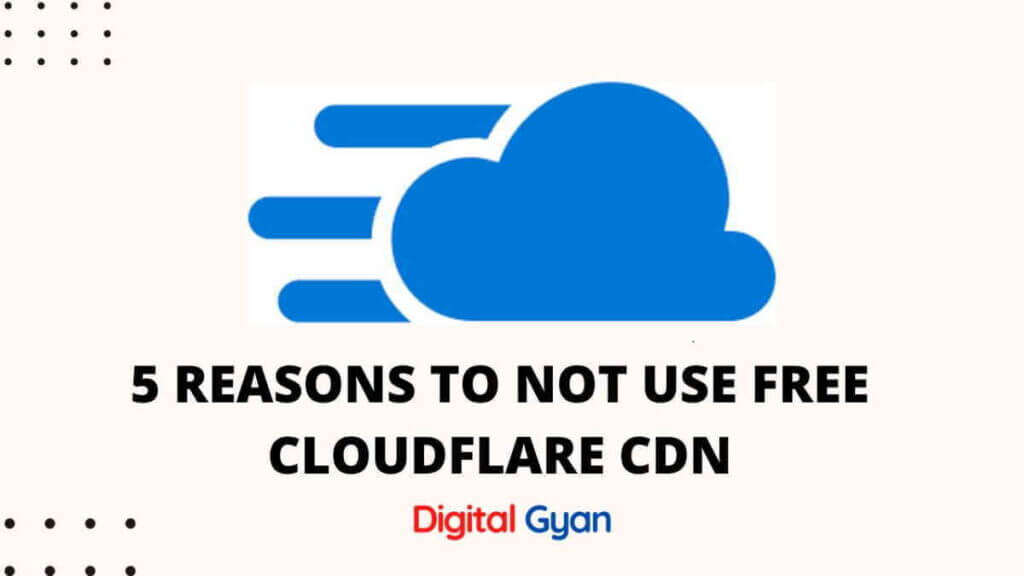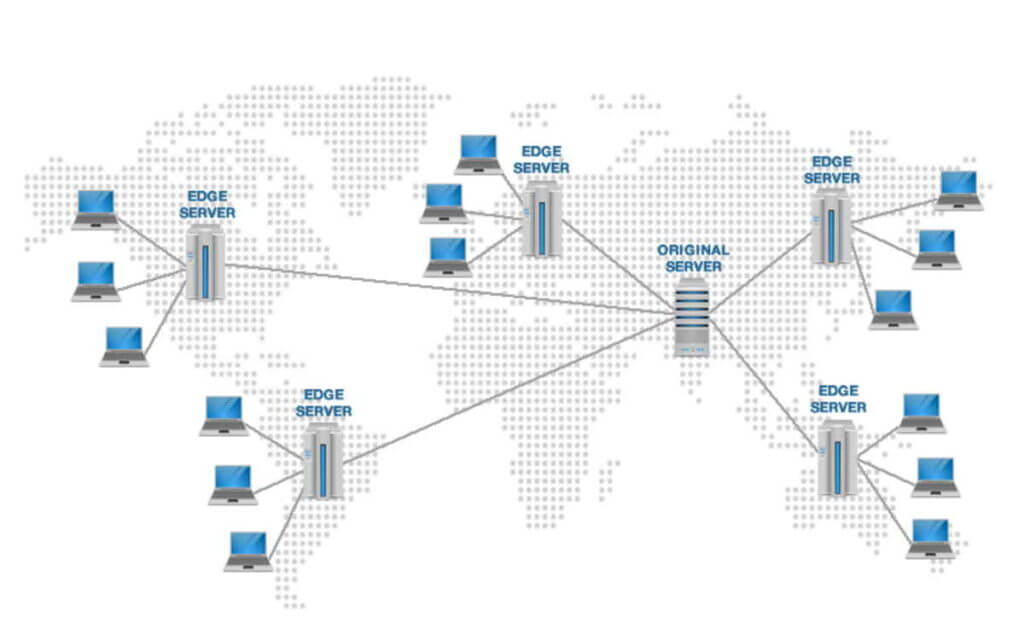5 Reasons to Not Use Free Cloudflare CDN
Cloudflare’s Content Delivery Network (CDN) has gained significant attention as a potent tool for improving website performance and security in the constantly expanding realm of web optimisation.
Nevertheless, as the adage suggests, “there is no such concept as a complimentary meal.” Although the prospect of utilising a free Cloudflare Content Delivery Network (CDN) may appear appealing, it is imperative to conduct a more comprehensive examination of the potential ramifications it could have on the efficacy of your website.
This blog aims to illuminate the less-explored facets of using a free Cloudflare Content Delivery Network (CDN). Although it may initially appear to be a financially advantageous option, this analysis will elucidate five persuasive justifications for why it may not align optimally with the enduring objectives of your website.
Further, we will provide a comprehensive analysis of the potential performance downsides, restrictions on customization, and support issues associated with utilising a Content Delivery Network (CDN). By presenting these insights, we aim to assist readers in making well-informed decisions regarding the utilisation of CDN technology.

Free plans have limited features
Utilising the free Cloudflare Content Delivery Network (CDN) has the potential to augment the efficacy and safeguarding of your website; nonetheless, it is accompanied by specific constraints. Free users are granted access to a limited set of features that are available with paid subscriptions. Some potential constraints could encompass diminished cache retention, restricted availability of sophisticated security configurations, and infrequent update intervals.
Paid plans are expensive
CloudFlare’s $20-per-month subscription plan offers a guarantee of enhanced performance. The individuals exhibit uncertainty about the exact characteristics of the performance disparity. CloudFront enables users to access the same network as other users, even with a minimal expenditure of 15 cents for traffic provision. This network is designed to meet enterprise-level standards.
In actuality, the cost of $20 per month for CloudFront traffic exceeds the normal capacity requirements of a commercial website, which typically range from $0.10 to $0.19 per gigabyte. The “Enterprise” edition is the only version that allows for complete nation-blockage. All tiers of CloudFront, even the “15 cents per month” membership, provide this feature.
Lack of Control
When utilising a free content delivery network (CDN) service such as Cloudflare, users are faced with restricted control over specific elements pertaining to caching and security setups. The paid plans provide enhanced capabilities for managing cache rules, traffic routing choices, and sophisticated security settings such as customization of Web Application Firewall (WAF) rules. These features are particularly valuable for websites with specific requirements or a need for heightened security measures.

Cloudflare doesn’t offer 24/7 customer support
There is typically a disparity in the level of support provided to free users in comparison to those who have paid for the service. This implies that in the event of encountering technical difficulties or needing aid with the Cloudflare setup, one may need to depend on community forums or self-help tools instead of receiving direct support from the Cloudflare team.
Also Read: Which is better? Fastly or Cloudflare?
Cloudflare doesn’t work with every platform
If you’re using a platform that doesn’t work with Cloudflare’s CDN, you’re out of luck. Cloudflare is not compatible with all platforms, so before you sign up, ensure your platform is supported.
Numerous sources—and multiple settings for each of those origins, of course—are not supported. With CloudFront’s many sources, you might, for example, distribute your photos from an S3 bucket. Therefore, each request for a.jpg, a.gif, etc. may be sent to a different site.
Conclusion
These are just a few of the reasons why you might not want to use Cloudflare’s CDN. If you’re still not sure, I suggest you try out a few other CDN providers and see which one works best for you. Keep in mind that this is a security firm, and sometimes safeguarding a site requires limiting access. There won’t be much you can do but beg CloudFlare to put your site back online because they control the traffic to your site.

